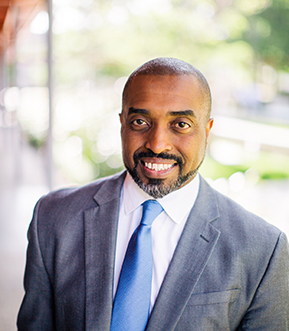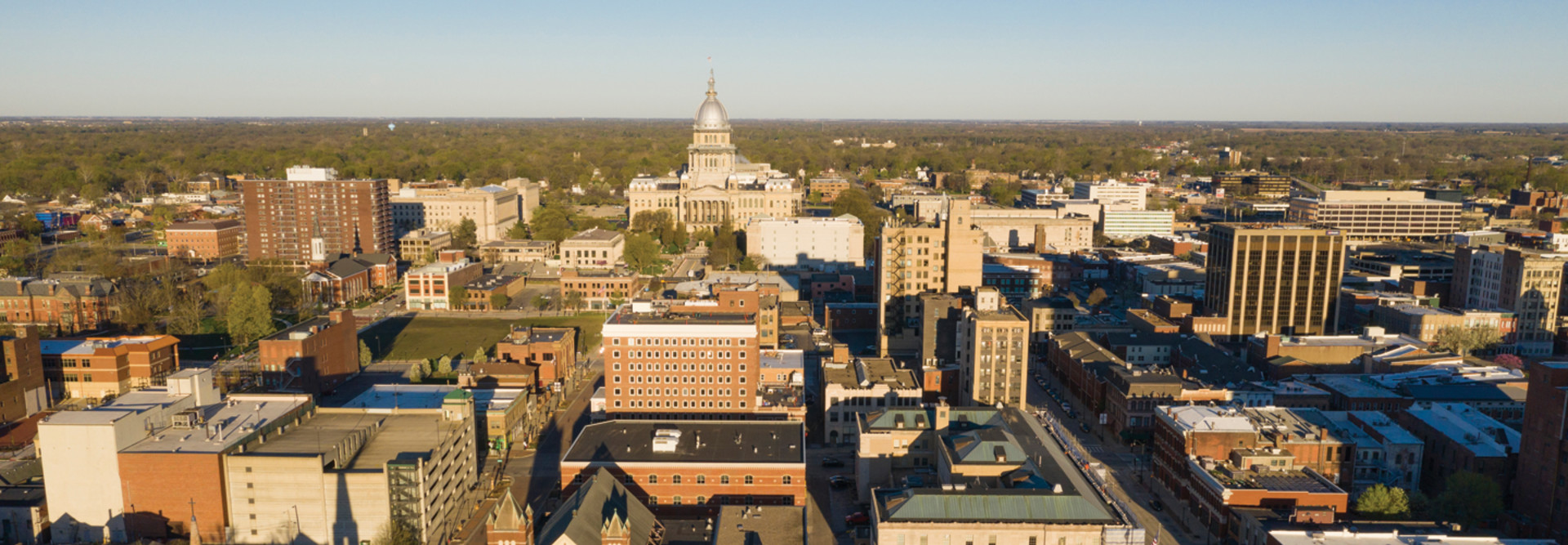Editor's note: Illinois CIO Ron Guerrier stepped down from his role on Sept. 4, 2020 and announced Sept. 10 he will become the global CIO of Hewlett-Packard. This interview was conducted prior to his departure.
Illinois CIO Ron Guerrier joined his state’s government in February 2019 after serving as CIO for Farmers Insurance and Toyota North America. Equipped with the significant experiences of his private sector responsibilities, Guerrier has quickly advanced the digital transformation of Illinois’ IT enterprise.
StateTech recently chatted with Guerrier about the technology demands that faced Illinois during the pandemic outbreak, his state’s cloud computing posture and his priorities among emerging technologies.
STATETECH: How has the pandemic changed the way you are working in Illinois, and what did you do to stand up infrastructure and support for state employees who suddenly had to work remotely?
Guerrier: We were fortunate that under Gov. J.B. Pritzker, we set a very hard focus on five foundational priorities: architecture, service management, program management, data analytics and cybersecurity.
It was late February. I was just returning from an international trip. I was working on connecting Dubai and Chicago to be potential digital sister cities. Upon my return, I was told I might want to wear a mask. That’s when reality kicked in.
We already were focused on strengthening the basics. So when the pandemic hit, we had already bolstered our data center team. We had bolstered our cybersecurity team. We already had plans to be a lot more nimble when it comes to more security on the fringe, using tools such as Okta. And we already had a very good relationship with Citrix. So when it all hit, we were able to spin up roughly 15,000 remote instances in less than 72 hours, and then a week later, up to 20,000.
So our challenge wasn’t getting the technology up. It was the human element of change, the organizational change. We had never had remote workers other than those required to go into the field for child services and the like.
 Photo: Courtesy of Illinois DoIT
Photo: Courtesy of Illinois DoIT
But for the most part, every one of our state’s employees came in at 7:00 a.m. or 8:00 a.m. They left around 5:00 p.m. or 6:00 p.m., and they’re not expected to work offline unless they’re running a data center and things happen, or there’s an upgrade. And even upgrades were done early in the morning so people wouldn’t have to work late at night. So, we had to navigate that new way of doing work.
The other thing we had to get people comfortable with and understanding is that our cyber footprint has increased. Instead of being in a fixed building down in Springfield, our cyber footprint is now everyone’s home. And so, having the right hygiene when you’re working from home is different from working in the office.
VIDEO: Find out how the role of the state CIO will evolve between now and 2023.
STATETECH: The public normally expects to come into some government buildings to conduct their business. How do you deploy technology to support citizens?
Guerrier: We have a strategic initiative roadmap to guide us. It directed us to build things in advance. So, for example, we want to deploy AI. But first, we must ensure our data is right. AI is going to be bad if we don’t have the foundation of good data. So, we started introducing things to move forward because we would want them two years from now. The pandemic accelerated digital transformation.
For example, when you have a website and a call center, they have to work in concert with each other. But, when the website is down, the call center gets more volume. When the call center’s down, the website gets more volume. And from a state perspective, we never thought of it as one organism. We thought of them as separate channels of communication. When our unemployment security website went from 93,000 hits to 1.7 million hits, we had to bolster the website. But, we also had to enhance the call center. It’s like two parts of a balloon: You squeeze one end, the other end feels the impact, and vice versa.
We added chat bots, improved website navigation and increased our network throughput.
STATETECH: How did Illinois look where cloud was concerned? Were you prepared to support these functions with cloud?
Guerrier: I was fortunate. I inherited a strategy to move more data to the cloud. We already had over 50 percent in the cloud and the remainder on-premises, and a lot of those were legacy systems.
We are in the midst of a major enterprise resource planning, upgrade going from 198 reporting systems to one — on SAP. On Jan. 1, we went from 30 percent to 88 percent of the entire state on one system. And now, we’re at 90 percent. That’s noteworthy because we’re on the SAP HANA platform, which is cloud-based. So again, all the reporting was moving to the cloud anyway. With dropping revenues at the same time, we depended on our financial reporting more than ever.
STATETECH: What emerging tech is important to you right now? Obviously, automation is huge for everyone, but Illinois also received a lot of attention as an early government adopter of blockchain.
Guerrier: We are actively adding machine learning and AI on top of the SAP system. So, we’re getting more data analytics. I can provide dashboards to each agency to show them in real time where the money’s going. I’ve never had that ability to provide that level of reporting before, and in real time. I’m trying to be vendor-agnostic as best as possible, and I truly believe that we need to shift from a transactional relationship with our citizens to a citizen-centric model, where we cater needs and offerings to each state resident. To do that, we need to have better data and analytics. So, blockchain is where I’m going to go next.
So, as we move to get rid of legacy systems, we are going to look at blockchain opportunities for such things as cannabis sales, or licensing for fish, wildlife and game. That’s been on hold with the pandemic.
STATETECH: StateTech has done some reporting in the past about Illinois’s Smart State initiative. Has anything occurred there recently? Or what might you look at in the future?
Guerrier: The city of Aurora has a phenomenal smart city initiative that can become the model for other municipalities. We held a meeting called the Illinois Digital Government last year. The idea was that we are talking to municipalities, counties and state officials about all the things that were happening. Historically, a smart initiative would happen in a certain area, but no one was sharing it. So, Aurora came to the table, and they are doing a lot of great things. We will share that progress throughout the state as a model.












